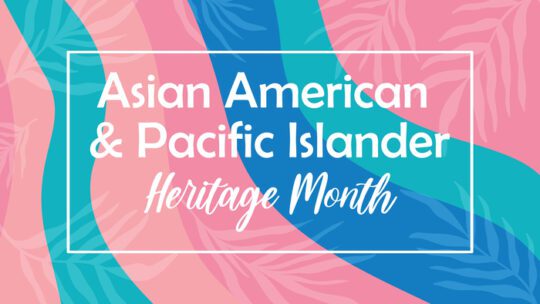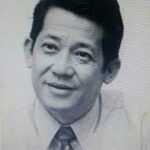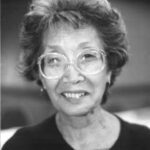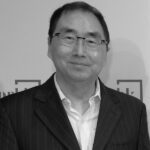
Since the beginning of the pandemic, hate crimes against the Asian community have increased. Indeed, they rose 339 percent in 2021–an unprecedented level.
Surrounded by so much hate and misunderstanding, we often wonder what can we do to affect change? As communicators, we must educate ourselves and our community about the struggles of underrepresented groups, such as those in the Asian American and Pacific Islanders (AAPI) community.
On May 3, the Museum of Public Relations will host its third annual celebration of AAPI Heritage Month. The event will celebrate extraordinary stories of often-unknown members of the AAPI community who've worked in PR and communication.
“We need to know and celebrate ALL our histories and from diverse perspectives," says Dr. Bey-Ling Sha, dean, College of Communications, California State University, Fullerton. "Not acknowledging the full truth of anything is to permit partial truths to masquerade as the whole, which is obviously problematic,” adds Sha, a special guest at the May 3 celebration.
By shining a light on the rich heritage of AAPI history, and some extraordinary pioneers, the Museum hopes to get young members of the AAPI community interested in PR careers. The event's second goal is dispelling some misinformation and misrepresentation surrounding the AAPI community.
AAPI PR Pioneers
 Teodoro 'Teddy' Benigno, Jr. (1923–2005)
Teodoro 'Teddy' Benigno, Jr. (1923–2005)
Teddy Benigno was the first Filipino to lead a foreign news agency. He became bureau chief of Agence France-Presse (AFP) in 1950 and its head in 1962, holding the post until 1987. Benigno was known for exposing the excesses of those in power during the reign of Ferdinand Marcos, who ruled the Phillippines from 1965 until his ouster in 1986, much of that time as a dictator. In addition, Benigno helped launch the Foreign Correspondents Association of the Philippines.
 Yuri Kochiyama (1921–2014)
Yuri Kochiyama (1921–2014)
A tireless political activist, Yuri Kochiyama dedicated her life to social change through her participation in the social justice and human rights movements. During World War II, Kochiyama and her family were incarcerated for two years in a concentration camp in Jerome, Arkansas. The experience would bond her to other groups engaged in political struggles. She founded Asian Americans for Action and sought to build a more robust Asian American political movement that could link itself with the Black liberation movement. Kochiyama was a friend and political ally of Malcolm X and worked with him for racial justice and human rights. She was at the Audubon Ballroom in NYC the day Malcolm X was killed, in 1965. In a photo accompanying the Life magazine article “Death of Malcolm X,” she's seen cradling Malcolm X’s head.
 CT Hew (1951–2020)
CT Hew (1951–2020)
After graduating from the University of Malaya, CT Hew began his career as a public affairs consultant. In 1975, he joined Burson-Marsteller in Malaysia, where he eventually served as managing director, regional director for Southeast Asia and Asia president. In addition, he was the managing partner of Scotchbrook-BSMG Worldwide before becoming vice chairman of GolinHarris in Hong Kong. Hew later joined APCO's Hong Kong office before forming a consultancy. He served as the first chairman of PRHK when it was formed in 2003 as the Council of PR Firms. Moreover, he was a part-time member of Hong Kong's Central Policy Unit and a board governor of the American Chamber of Commerce in Hong Kong.
[Note: “Celebration of the AAPI Community In Public Relations” begins at 7 p.m. ET, May 3. Please click here to register for this FREE event.]
